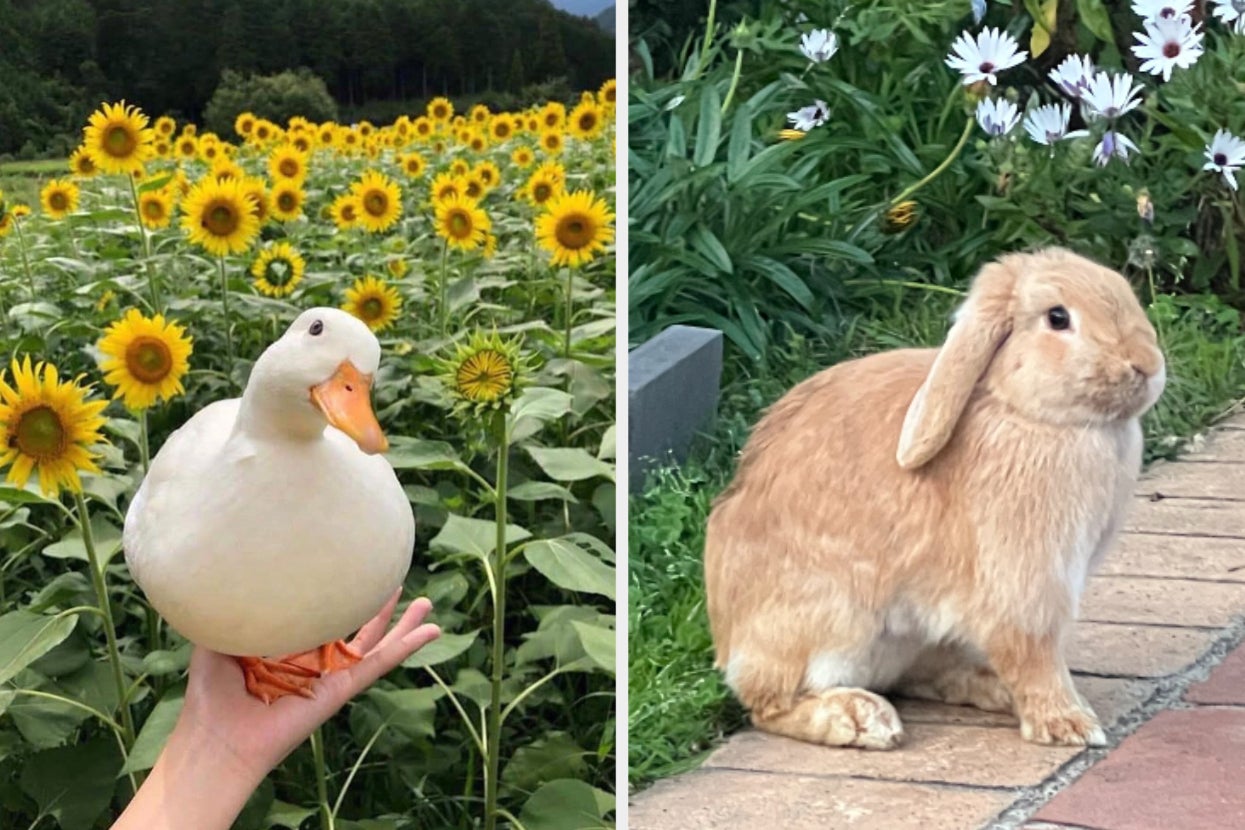Wildlife Photographer of the Year Winning Images Show the Beauty of Life and Death
London’s Natural History Museum today revealed the winners of its Wildlife Photographer of the Year competition, and the images are staggering in their depictions of life on Earth—its majesty, but also its horrors.
Wildlife photographers get up-close-and-personal with all sorts of wildlife. They capture animals you might overlook and those you don’t want to get close to in their natural habitats, showcasing the arresting beauty of the world around us, and the many walks of life happening beyond our human experiences. Wildlife Photographer of the Year is developed and produced by the Natural History Museum, London. You can check out some previous winners here, as well as some of the other top wildlife images from this year.
Click to open Slideshow
These 15 photos are a selection of the winning images, for which an exhibition will open at the Natural History Museum on Friday. The winners were selected from a record-breaking 59,228 entries to the competition, representing 117 countries and territories. You can swipe through a selection of the winning photos (we were only allowed to use a handful) in the gallery above.
The featured photos include shots of a leopard seal, a slime mold and a springtail, an endangered Australian bilby, an anaconda wrapping itself around a caiman, a couple images of lynxes in Canada and Russia, ants devouring a beetle, and more. The natural world contains a remarkable bevy of beasts, and these award-winning images get to the heart of the experience of life on Earth: beautiful and sometimes serene, but also unforgiving and brutal.
The competition doesn’t only dub the images winners, but also honors those who took the shots. This year’s Wildlife Photographer of the Year is Shane Gross, for his shot of tadpoles surrounded by the stalks of water lilies. The image at the top of the article is the winner in the Behavior category spotlighting birds: it shows a young peregrine falcon practicing the art of the chase using a butterfly, seen in Los Angeles, California. The peregrine falcon can (somewhat famously) achieve speeds of 200 miles per hour (320km/h) in its dives during hunts.
The Young Wildlife Photographer of the Year award went to Alexis Tinker-Tsavalas for his shot of fruiting slime molds and the springtail—a vein of existence that you may not even have known existed until now.
If you’re in the London area, the exhibit opens at the Natural History Museum on Friday. And if you’re looking to explore other wildlife from the United Kingdom, the British Wildlife Photography Awards announced its 2024 winners back in March.


